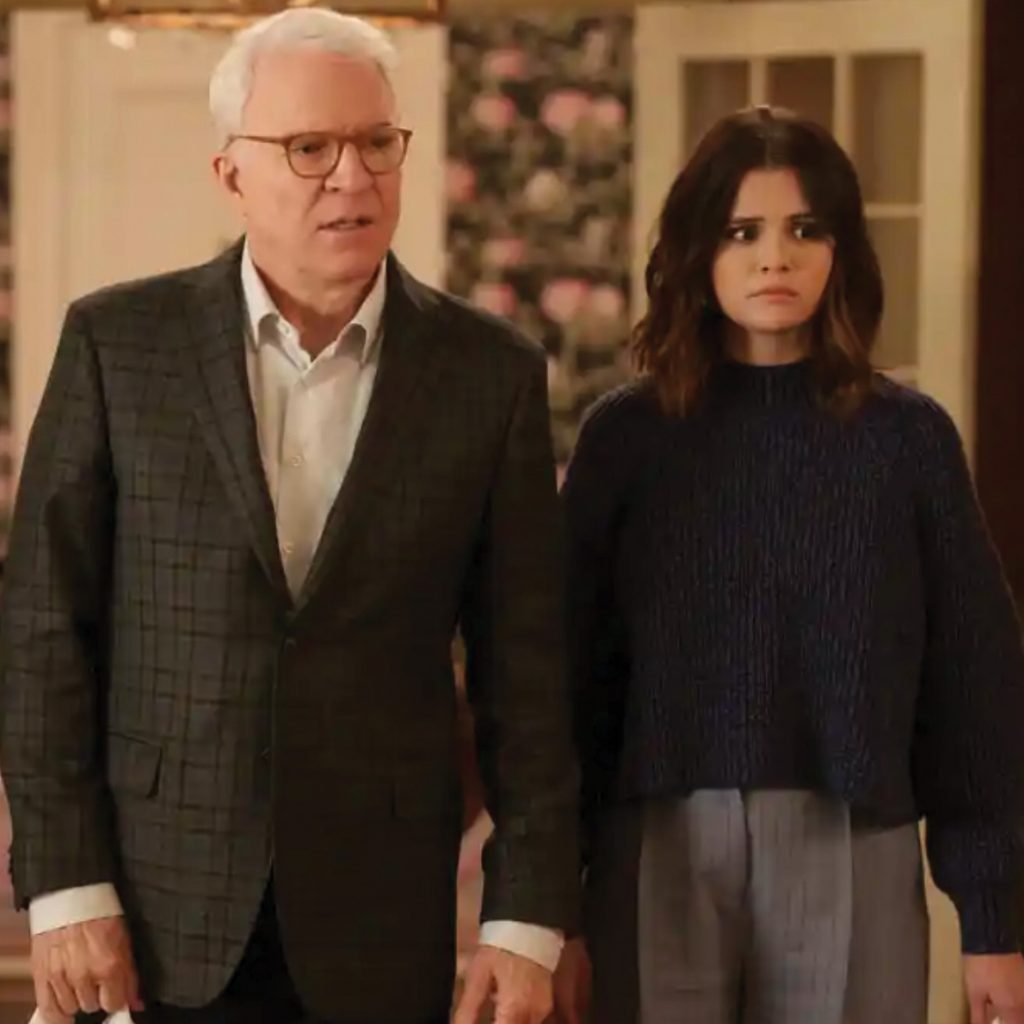To paraphrase Gertrude Stein, a nose is a nose is a nose. Except when it’s a prosthetic one planted in the middle of Bradley Cooper’s boat race in Maestro, the actor’s passion project in which he plays Leonard Bernstein. Cooper’s apparently innocent attempt to more closely resemble the composer horrified some observers, who condemned it as ethnic cosplay.
Bernstein’s children and the Anti-Defamation League sprang to Cooper’s defence, but too late, the hornet’s nest had been poked. Irate buzzing had already been directed at other gentile leads this year, such as Helen Mirren as the Israeli Prime Minister in Golda, and Cillian Murphy as Oppenheimer. Some pundits have questioned whether non-Jews should be allowed to play Jewish characters at all. Blackface is – quite rightly – already outlawed, so why not “Jewface”? I have no answers here, but identity politics is a tricky thing, especially when it applies to acting, which is all about people pretending to be what they’re not.
This isn’t the first time fake schnozzles have proved controversial. In David Lean’s Oliver Twist (1948), Alec Guinness’s mock proboscis was all too faithful to George Cruikshank’s original etchings of Fagin and was condemned as so anti-Semitic that the film’s American release was postponed for three years. Yet acting and fake noses go together like hankies and snot. False beaks evoke a world of dressing-rooms, greasepaint and stagecraft. Film stars tend to revere theatre acting, even if they never do it, perhaps because they secretly suspect it’s proper acting. And who more theatrical than Laurence Olivier, whose acting teacher once told him there was “something weak” about the bridge of his nose? After which Larry piled on the nasal putty to play everyone from Heathcliff in Wuthering Heights (1939) to Henry V (1944), Hamlet (1948) and Richard III (1955). “I have to have a pillow up my jumper, a false nose or a moustache or wig,” he said. “I cannot come on looking like me and be someone else.”
Orson Welles was another acclaimed thespian with a penchant for fake proboscides, so much so that in 2017 Criterion released a short documentary about it called, naturally, On the Nose. Lewis Gilbert, who directed him in Ferry to Hong Kong (1959), cites Welles’ explanation for why he always did his own makeup: “I have one problem with my face – my nose. It’s too small, and I always fix that myself.” With, according to Gilbert, variable results: “Some shots had the nose tilting upwards; others had it tilting downwards. Occasionally it went sideways, and in one shot it was suddenly big and hooked.”
But you only have to look at a list of Oscar winners to see how awards voters are impressed by the faux conks of physical transformation, particularly in biopics. Nicole Kidman in The Hours (2002), Sean Penn in Milk (2008), Gary Oldman in Darkest Hour (2017) and Rami Malek in Bohemian Rhapsody (2018) were all rewarded for spending hours in the makeup chair, having their features tweaked to make them look less like themselves, if not actually like the real people they’re supposed to be playing; Kidman doesn’t resemble Virginia Woolf so much as Eddie Redmayne in The Danish Girl (2015).
Identity politics is a tricky thing, especially in acting
Despite the fabulous snoots of the likes of, for example, Barbra Streisand, Rossy de Palma (a fixture of Pedro Almodóvar’s films) or Camille Cottin, star of TV’s Call My Agent!, big noses are still considered an indicator of fairytale villainy. Disney princesses, with their cute retroussé neblets, are like actresses who have all been frequenting the same rhinoplasty surgeon, whereas witches or wicked stepmothers have pointy hooters, all the better for sniffing out their victims. Take your pick from Margaret Hamilton as the Wicked Witch of the West in The Wizard of Oz (1939), Robert Helpmann as the Childcatcher in Chitty Chitty Bang Bang (1968) and Anjelica Huston as the Grand High Witch in The Witches (1990), all responsible for traumatising generations of children. More sinisterly, a hooked nose was a recurring feature of the anti-Semitic caricatures in Nazi propaganda. Even now, conventional Caucasian prettiness tends to be equated with virtue, while anything straying from narrow perceptions of attractiveness (scars, disability, big noses) is a signifier of evil – you have only to look at Bond villains.
Fake noses are obligatory, of course, in Cyrano de Bergerac. Edmond Rostand’s play has been adapted for the screen a gazillion times; actors cast as the super-schnozzled one include José Ferrer (who won an Oscar in the 1950 film), Steve Martin (in the delightful 1987 update Roxanne) and, in 1990, Gérard Depardieu, who wore a fake nose despite his own snout already resembling a cock and balls planted in the middle of his face. (Once you’ve seen that, alas, you can never unsee it.)
According to Rostand’s play, “A great nose indicates a great man,” but of course it also means a big schlong, if recent scientific studies are anything to go by. As Martin jokes about his own nose in Roxanne: “Uh, pardon me, sir, some of the ladies have asked if you wouldn’t mind putting that thing away.” Maybe there’s more to Virginia Woolf than meets the eye.
Anne Billson is a film critic, novelist and photographer






